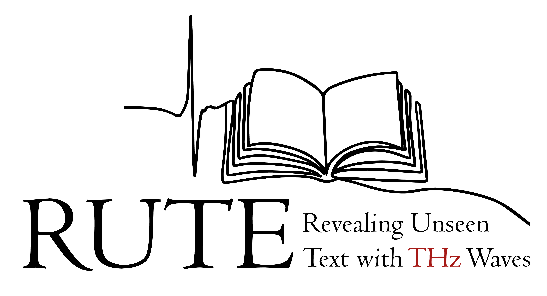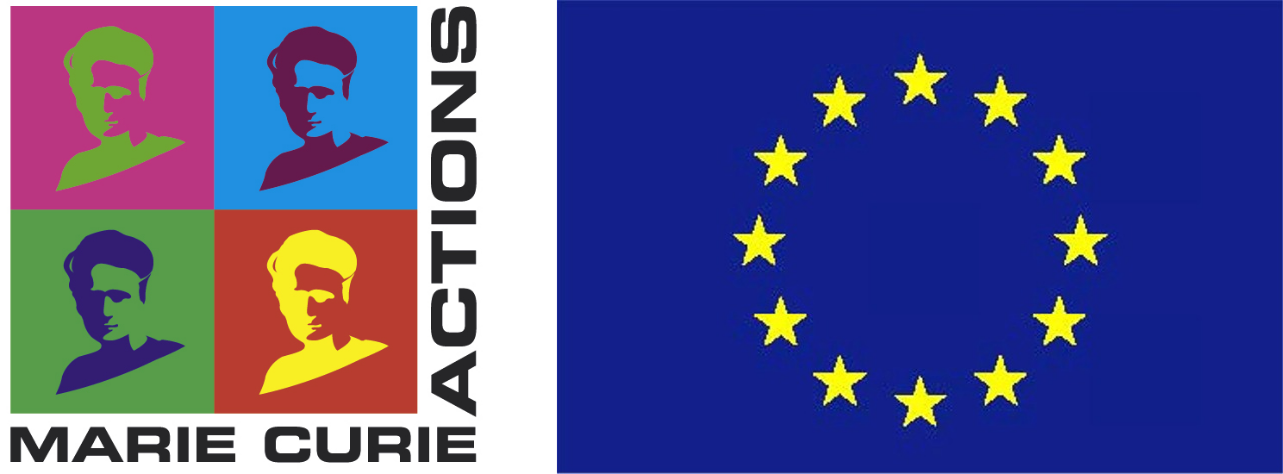Ancient handwritten books (codices) that are too fragile to unwrap, open, or touch are inaccessible to experts and the public. Currently, methods of reading such manuscripts without opening them involve techniques that expose them to ionizing radiation, which can potentially damage the fragile manuscripts, inks, and supports. Therefore, novel methodologies that are non-invasive and safe for the manuscripts should be applied. These methodologies should also be robust enough to cover a wide variety of materials and techniques used for ancient manuscript creation. The main goal of this project is to safely read fragile manuscripts without opening them, and for the first time, reveal unseen text (RUTE). To read ancient books without damaging them, the RUTE project uses a non-ionizing technique called terahertz (THz) time-domain imaging. It can see through the pages and detect spaces between them. This allows the researchers to see images of a single page without actually opening the book. However, this technique has some limitations, like blurriness caused by the shape of the beam and system noise. To counter this effect, RUTE project also aims to develop a beam shape effects removal method.
The RUTE project is developing new ways to process and improve the THz data so that we can see through closed books and reveal the hidden text. To do this, the project is using ancient recipes for inks, supports, and bindings to create unique datasets of hyperspectral and THz images of replica manuscripts. It is also building a pipeline to enhance and restore the text from a single page of a closed book and designing an image restoration method to remove noise and blur from the images.


